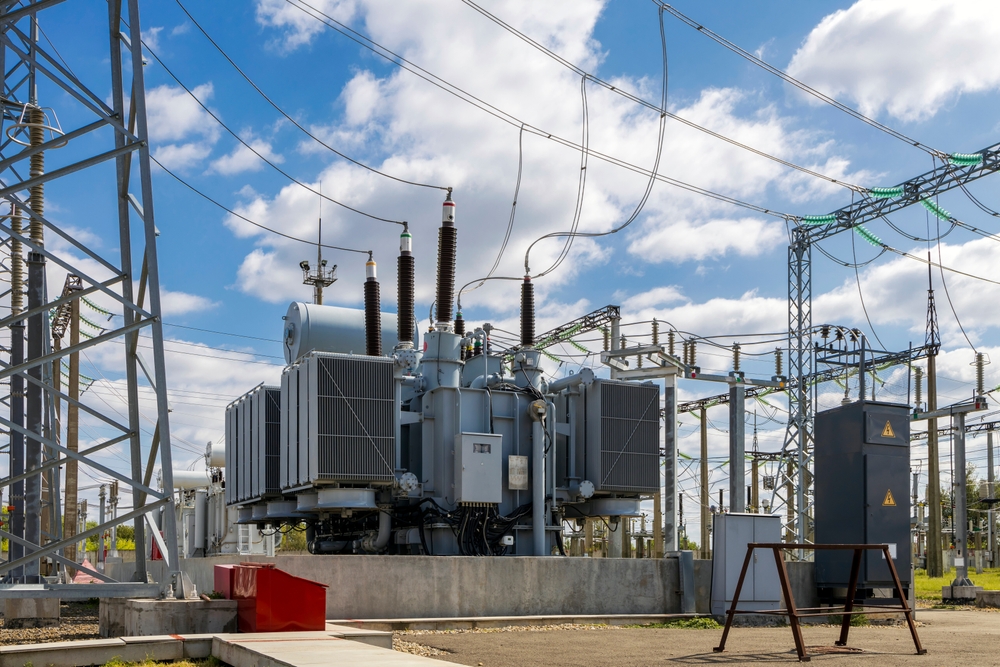Distribution Transformer Manufacturers: Supporting High-Voltage Applications

India’s power sector is evolving rapidly, with increasing demand for high-voltage solutions to support urban expansion, renewable energy integration, and industrial growth. The transformer industry stands at the heart of this transformation. While distribution transformer manufacturers ensure reliable energy supply for local networks, power transformer manufacturers are addressing large-scale voltage requirements for transmission and heavy-duty applications.
This blog explores how manufacturers are enabling high-voltage applications, the technologies driving their innovations, and the role they play in India’s energy future.
The Critical Role of High-Voltage Power Transformers
High-voltage power transformers are essential components of transmission networks. They step up voltage for efficient long-distance power transmission and step down voltage at substations for safe distribution to local grids. Without them, electricity generated at power plants cannot be delivered economically or safely to end-users.
Unlike standard distribution transformers, these units are engineered to handle extreme voltages and larger capacities. Their design must account for thermal management, insulation strength, and efficiency to prevent energy losses and ensure grid stability.
How Manufacturers Are Enabling Advanced Power Infrastructure
1. Meeting Complex Voltage Demands
Modern infrastructure projects, from industrial corridors to renewable parks, require transformers that can handle multi-level voltages efficiently. Leading distribution transformer manufacturers in India are aligning their designs with these high-voltage needs, offering scalable solutions tailored to diverse grid conditions.
2. Incorporating Energy-Efficient Designs
High-voltage systems often experience energy losses that can lead to considerable operational expenses. Manufacturers are using advanced core materials, such as CRGO steel and amorphous alloys, to minimize no-load losses. This not only improves efficiency but also supports India’s sustainability goals.
3. Ensuring Durability in Harsh Environments
India’s geographic diversity poses unique challenges, including humid coasts, arid deserts, and high-altitude regions. Modern manufacturers are developing transformers with robust insulation systems, weatherproof enclosures, and enhanced cooling mechanisms to withstand demanding operating conditions.
Innovations Shaping the Transformer Industry
Smart Monitoring and Digital Integration
With the rise of smart grids, transformers are now equipped with sensors and IoT-enabled devices. These systems provide real-time data on parameters such as oil temperature, winding health, and load variations, enabling predictive maintenance and minimizing downtime.
Eco-Friendly Materials and Sustainable Practices
Growing environmental awareness is pushing manufacturers toward biodegradable oils, recyclable insulation materials, and energy-efficient production processes. This shift benefits not only the environment but also reduces lifecycle costs for utilities and industries.
Compact and Modular Designs
Space constraints in urban substations and renewable installations have led to demand for compact yet powerful transformer solutions. Modular designs also allow faster deployment and easier scalability for expanding infrastructure projects.
Role of Distribution Transformer Manufacturers
While high-voltage power transformers are vital for transmission, distribution transformer manufacturers complement them by ensuring safe voltage levels for residential, commercial, and industrial use. Their role is equally important in bridging the gap between generation and end-user consumption.
These manufacturers are focusing on:
- Custom Voltage Levels: Tailoring designs to meet local distribution needs.
- High Efficiency: Reducing technical losses in densely populated areas.
- Smart Capabilities: Supporting rural electrification and smart city projects.
By working in tandem with power transformer manufacturers, distribution units ensure that electricity reaches every corner of the country reliably.
Challenges Faced by Manufacturers
Despite advancements, transformer manufacturers encounter several challenges:
- Rising Material Costs: Core steel and copper prices impact overall production costs.
- Stringent Standards: Compliance with IEC, IS, and BIS certifications requires continuous R&D investment.
- Rapid Demand Shifts: Balancing utility-scale and distributed renewable projects necessitates flexible production planning.
- Logistics and Installation: Transporting large transformers across India’s varied terrain adds complexity to project execution.
Manufacturers that overcome these challenges position themselves as reliable partners for India’s power sector.
Future Outlook
India’s goal of achieving 500 GW of renewable capacity by 2030 places unprecedented demand on high-voltage infrastructure. As transmission networks expand, both power and distribution transformer manufacturers in India will play pivotal roles in enabling this transformation.
Key future trends include:
- Integration with renewable microgrids and hybrid systems
- Advanced insulation materials for higher voltage classes
- AI-driven predictive maintenance to maximize uptime
- Export potential as India emerges as a global manufacturing hub
The synergy between power and distribution transformer technologies will be crucial in achieving uninterrupted, sustainable, and efficient energy delivery nationwide.
Conclusion: JayBee Industries at the Forefront
In India’s rapidly expanding power sector, distribution transformer manufacturers and power transformer manufacturers in India are central to ensuring stable high-voltage operations and reliable energy supply. Among them, JayBee Industries has earned recognition for delivering efficient, durable, and customizable transformer solutions for diverse applications. With advanced engineering capabilities and a customer-first approach, JayBee continues to support India’s vision for a robust and future-ready energy infrastructure.




